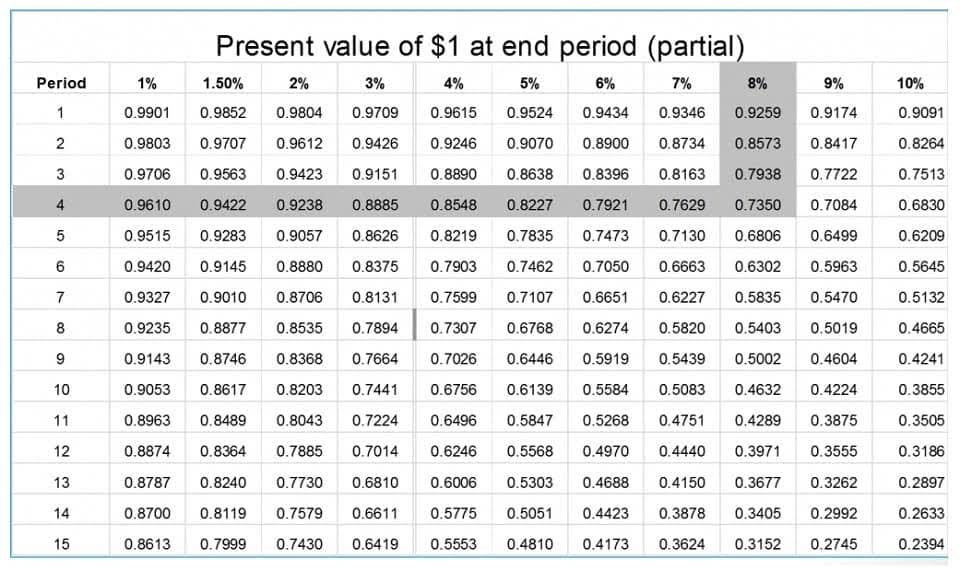In the next step, a rigorous process of review and analysis of the data obtained is carried out. They are compared with previous records, reconciliations are made and discrepancies are detected for subsequent correction. In this phase, the collected data undergoes cleaning and transformation processes. This includes removing duplicates, correcting errors, and standardizing formats to ensure consistency. Standardization also enables teams to communicate effectively and avoid situations when the data conflicts even during reporting financials controlled aspects. For example within the month-end and year-end closing cycles when there are time pressures, such processes tend to even get rushed increasing the chances of errors and omissions.
Data validation
This step ensures that all financial transactions are correctly categorized and validated against supporting documents. The validation process is critical to prevent discrepancies and mitigate record to report process the risk of errors, ensuring the integrity of financial data. Prior to the submission of annual financial reports, R2R is used to consolidate financial data from all divisions and departments of the company.
Detailing Close Orchestration with SAP Advanced Financial Closing
These procedures are put into clear and simple writing that all team members can comprehend and adhere to and that improves compliance and even reduces the time taken on R2R. Aside from facilitation also, organizations have to be able to comply with policies such as GAAP, IFRS, and other domestic requirements, which means, they have to be undergoing changes regularly. Group reporting supports the computation, creation, and disclosure of consolidated reports that provide information on the performance of a corporate group. The Regulatory Reporting or Submissions application area is used to produce volumetric reports based on production data. These reports are used to meet the requirements of many state and federal agencies. Introduction of new technologies and upgrading systems can be a challenge as employees may oppose these changes.
Process Steps
The Financial Closing Cockpit helps you with the planning, execution, and analysis of closing operations for the organizational units of your corporate group. The solution provides a structured user interface for recurring periodical tasks in the closing process in which several people responsible are involved. Central Finance receives real time financial accounting transactions from multiple SAP https://www.bookstime.com/ or non-SAP ERP systems.
The RTR process relies on timely and accurate accounting data that forms the basis for documents that furnish information for high-level evaluations. These evaluations promote strategic thinking and data-driven decision making that allows stakeholders to make detailed analyses on business operations and success. R2R accounting is one of the most powerful finance tools that modern businesses use for gaining profits, improving performance, and gaining the competitive edge. The R2R process enables companies to leverage the data generated by finance and other transactions, for gaining deeper insights into process performances. The financial close process involves finalizing all entries, completing reconciliations, and making necessary adjustments to close the accounting period. This step is critical for preparing month-end, quarter-end, or year-end financial statements.
The information contained in the financial reporting is useful to management in preparing the budget and forecasts, managing the company’s finances and identifying growth opportunities. Well-designed processes and workflows eliminate the need for finance teams to engage in menial tasks and instead allow them to concentrate on more insightful and bookkeeping strategic aspects which increases overall efficiency. Frequent reclassifications and verifications of figures ensure the maintenance of proper and current records of the finances, which helps in producing credible financial reports and forecasts.
- In this process, we as a licensed CPA firm will assist by providing expertise in managing and ensuring the accuracy of financial reporting.
- The bank reconciliation function is the process during which all the bank statement transactions are settled with all the transactions posted in the general ledger account.
- This stage, often called the reconciliation and validation stage, entails reviewing the recorded transactions and classifying them into relevant groups.
- The platform automates repetitive tasks such as transaction matching, discrepancy detection, and report generation based on pre-configured SOPs.
- Modern R2R processes leverage advanced technology solutions to improve efficiency and accuracy.
- This also helps the top management level executives to take effective business decisions.
A streamlined closing cycle, facilitated by robust accounting processes and ERP systems, helps in meeting regulatory compliance and ensuring that financial statements are prepared promptly and accurately. These reports are essential for internal stakeholders, such as management and the accounting team, as well as external stakeholders like auditors and regulatory bodies. Financial analysis during this phase helps in assessing the organization’s performance, profitability and financial health.





